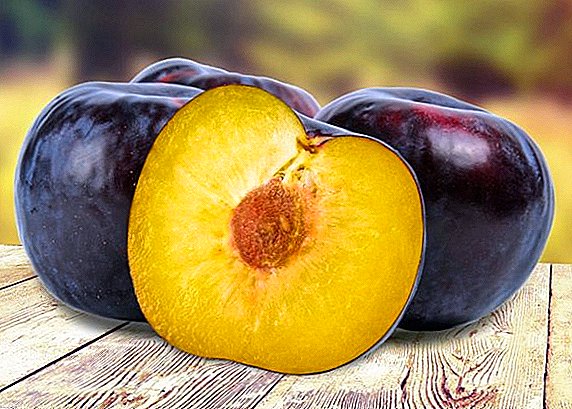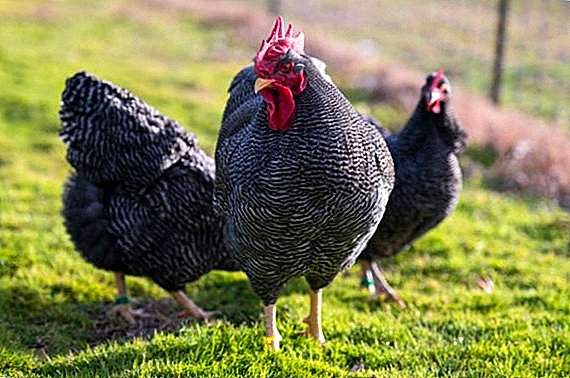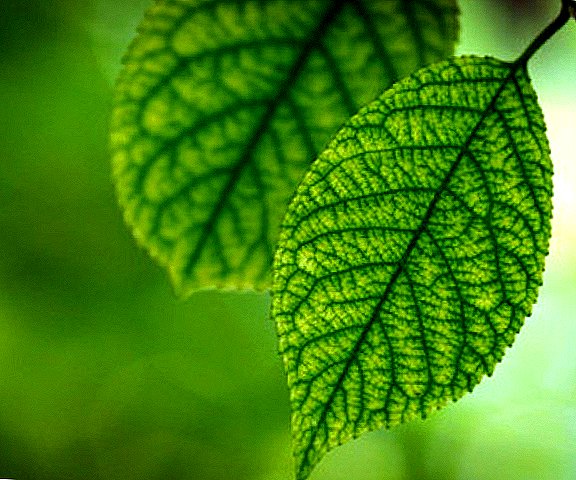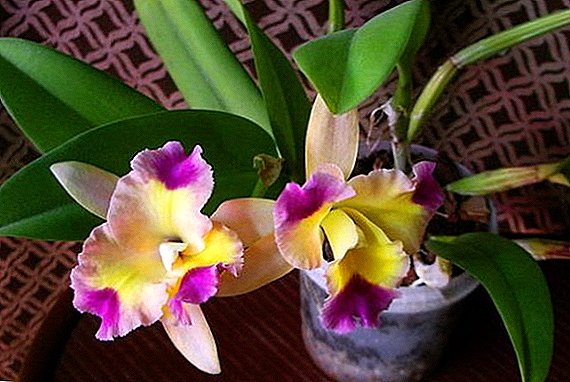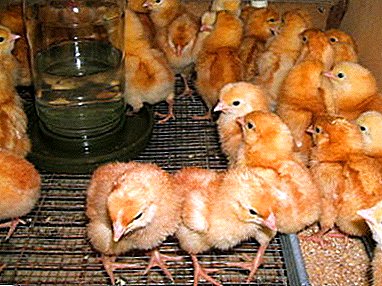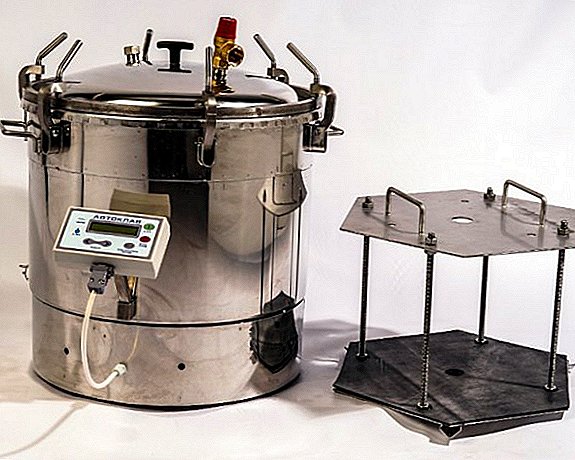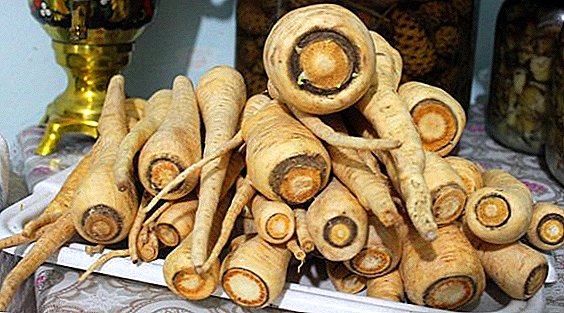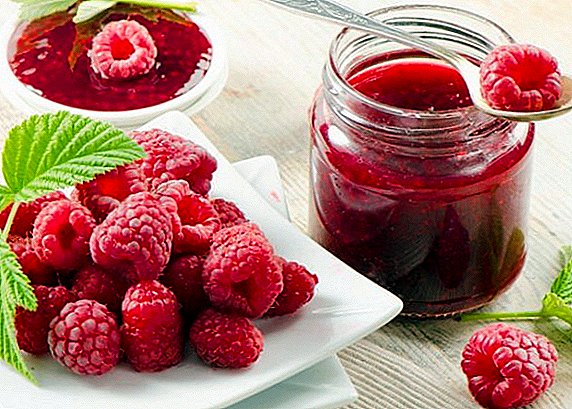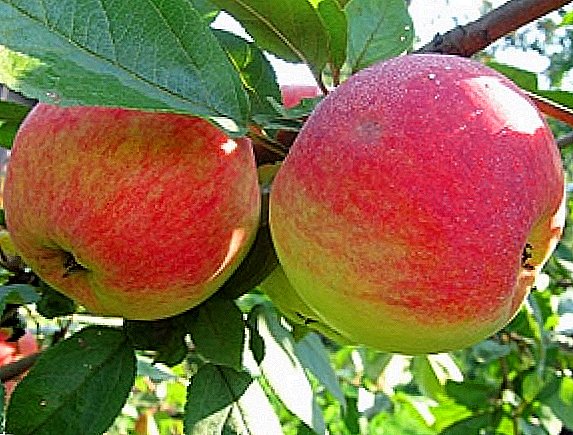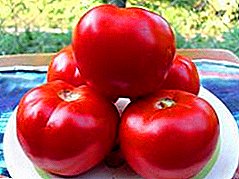
Gardeners who have greenhouses or greenhouses should try to plant a variety of tomato "Red Red F1". This high-yielding hybrid ripens early, gives a bountiful harvest and practically does not get sick. Such his qualities certainly attract many people who want to grow tomatoes on their own land.
Further in the article you will find a complete description of the variety, its main characteristics, peculiarities of cultivation and care. We will also tell you about the origin of the variety, its purpose, propensity for certain diseases.
Tomato "Red Red F1": description of the variety
| Grade name | Red red F1 |
| general description | Mid-season, indeterminate variety of tomatoes |
| Originator | Russia |
| Ripening | 110-115 days |
| The form | Fruits are flat-rounded, with pronounced ribbing at the stem |
| Colour | Red |
| Average tomato mass | 200 grams |
| Application | Treats salad type |
| Yield varieties | 8 kg from 1 bush |
| Features of growing | Binding, shaping and cracking needed |
| Disease resistance | It has good disease resistance. |
 The variety of tomato "Red Red F1" refers to the early, high-yielding hybrids of the first generation. Indeterminate bush, sprawling, with abundant formation of green mass, in need of formation and tying. Height of an adult plant reaches 2 m, in an open ground bushes turn out more compact.
The variety of tomato "Red Red F1" refers to the early, high-yielding hybrids of the first generation. Indeterminate bush, sprawling, with abundant formation of green mass, in need of formation and tying. Height of an adult plant reaches 2 m, in an open ground bushes turn out more compact.
Green mass is abundant, leaves are medium in size, dark green. Fruits ripen tassels of 5-7 pieces. Productivity is good, from a bush it is possible to collect up to 8 kg of selected tomatoes. Tomatoes “Red-Red F1” are large, weighing 200 g each. On the lower branches, the tomatoes are larger and can reach 300 g. The shape is flat-rounded, with pronounced ribbing at the stem.
When ripe, the color changes from light green to deep red. The skin is thin, well protecting the fruit from cracking. The flesh is moderately juicy, fleshy, loose, sugary at the break, little seed. Taste is saturated, sweet with easy sourness. Fruits have a high content of sugars and useful trace elements.
You can compare the weight of tomatoes of this variety with others in the table below:
| Grade name | Fruit weight (grams) |
| Red red | 200 |
| Altaic | 250-500 |
| Russian size | 650-2000 |
| Andromeda | 70-300 |
| Grandma's Gift | 180-220 |
| Gulliver | 200-800 |
| American ribbed | 300-600 |
| Nastya | 150-200 |
| Yusupovskiy | 500-600 |
| Dubrava | 60-105 |
| Grapefruit | 600-1000 |
| Golden anniversary | 150-200 |
Origin and Application
The variety of tomato Red Red bred by Russian breeders, intended for cultivation in different regions, except the north. Indoor ground is preferred: glazed greenhouses or film greenhouses. In areas with a warm climate, it is possible to plant on open beds. Harvested fruits are well stored, transportation is possible. Tomatoes "Red and Red F1", picked green, quickly ripen at room temperature.
Fruits belong to the salad, they can be eaten fresh, used to prepare snacks, salads, side dishes, soups, mashed potatoes. Smooth beautiful fruits are stuffed, used to decorate dishes. Ripe tomatoes make a delicious sweet juice, rich in amino acids.
 Read on our website: the most common diseases of tomatoes in greenhouses and how to deal with them.
Read on our website: the most common diseases of tomatoes in greenhouses and how to deal with them.What tomatoes are resistant to most diseases and resistant to late blight? What methods of protection against phytophthora exist?
A photo
Visually familiar with the variety of tomato "Red Red F1" can be in the photo below:

Advantages and disadvantages
Among the main advantages of the variety:
- good yield;
- tasty fruits suitable for salads and canning;
- high content of sugars and vitamins in ripe tomatoes;
- possibility of long-term storage;
- resistance to cold and drought;
- little susceptible to the main diseases of tomatoes in the greenhouse.
Among the features worth noting the need for proper formation of the bush, tying and removing the stepsons. Tomato variety “Red Red F1” is sensitive to feedings, with a lack of nutrients, the yield is greatly reduced. Another drawback common to all hybrids is the inability to collect seed from ripe tomatoes.
You can compare the yield of a variety using the data below:
| Grade name | Yield |
| Red red | 8 kg from a bush |
| Lazy man | 15 kg per square meter |
| Rocket | 6.5 kg per square meter |
| Summer resident | 4 kg from a bush |
| Prime minister | 6-9 kg per square meter |
| Doll | 8-9 kg per square meter |
| Stolypin | 8-9 kg per square meter |
| Broody | 10-11 kg per square meter |
| Black bunch | 6 kg from a bush |
| Fat jack | 5-6 kg from a bush |
| Buyan | 9 kg from a bush |
Features of growing
 Growing tomato "Red Red F1" - a time-consuming process. Propagate it by rassadnym way. The best germination give seeds collected 2-3 years ago. Before sowing, it is recommended to treat them with a growth stimulator.. Disinfection is not required, the seed passes through a mandatory decontamination before it is sold. For seedlings need a light nutrient soil. A mixture of turf and humus or garden soil with peat is recommended.
Growing tomato "Red Red F1" - a time-consuming process. Propagate it by rassadnym way. The best germination give seeds collected 2-3 years ago. Before sowing, it is recommended to treat them with a growth stimulator.. Disinfection is not required, the seed passes through a mandatory decontamination before it is sold. For seedlings need a light nutrient soil. A mixture of turf and humus or garden soil with peat is recommended.
For greater airiness, a small part of the washed river sand is introduced into the substrate. Wood ash, potash fertilizer or superphosphate can increase nutritional value. Seeds are sown with a depth of 2 cm, copiously sprayed with water and covered with foil. To peck, you need a stable temperature not lower than 25 degrees.
After the sprouts appear, seedlings are exposed to the light. On cloudy days, it is illuminated with powerful fluorescent lamps. When young tomatoes throw out the first pair of real leaves, they dive into separate pots and feed them with complex liquid fertilizer. The second feeding is carried out in 2 weeks, before disembarking on the beds.
From mid-May, seedlings begin to harden, bringing to the open air. The first walks last no more than an hour, a week later the “Red Red F1” tomato is left on the veranda or balcony not all day. Transplantation of tomatoes in the greenhouse or soil occurs closer to the beginning of June.
The earth is thoroughly loosened, wood ash or superphosphate is laid out in the holes. On 1 square. m can accommodate no more than 3 bushes, thickening plantings leads to lower yields. There is a space of 100 cm between the rows.
After transplantation, tomatoes begin to grow. Before flowering, the bushes can be fed with nitrogen-containing fertilizers, allowing you to quickly increase the green mass. After all the tomatoes bloom, you need to go to the complexes containing phosphorus and potassium, contributing to the formation of fruits.
Poor soils prevent developing ovaries from developing; the fruits are small. Organic supplements with diluted mullein or bird droppings are also possible. However, they should not be abused, an excess of organics contributes to the accumulation of nitrates in fruits.
Watering need tomatoes moderatelyas the topsoil dries. In greenhouses and greenhouses drip irrigation is very convenient. In between, the soil is loosened, providing air access to the roots.
Weeding Required. To maintain a normal level of moisture, the soil can be ground with peat, humus or straw. Growing tomatoes need to form in a timely manner. Preferably growing in 1 stem. For better insolation, it is recommended to remove the lower leaves, and also trim lateral shoots in a timely manner. The need to form and brush.
To improve the development of the ovaries, experienced gardeners pinch deformed or weak flowers on the lower racemes. Tall plants are attached to the trellis, as the fruit ripens, heavy branches must be tied to the supports.
Pests and diseases
The variety of tomato "Red Red F1" is sufficiently resistant to diseases. is he it is a little subject to leaf spot, gray and top rot, Fusarium, Verticillus. However, for greater safety, it is recommended to carry out a number of preventive measures. Tomatoes are preferably transplanted to the soil, which was occupied by legumes, cabbage, carrots or spicy herbs.
It is impossible use the soil on which grew other solanaceous: eggplant, potatoes, sweet peppers.
In the greenhouse, the top soil layer is replaced annually, and before planting it is spilled with an aqueous solution of potassium permanganate or copper sulfate. Plants are regularly sprayed with phytosporin or another non-toxic bio-drug. The early ripe grade usually fructifies to fitoftoroza outbreaks. But if the disease still affected the planting, it is recommended to treat the bushes with copper-containing preparations, necessarily destroying the affected fruit or leaves.
Tomatoes can be threatened by slugs, Colorado beetles, thrips, whitefly or aphids. To reduce the number of pests, we must timely weed the beds and mulch the soil. Large larvae are harvested by hand, an aqueous solution of ammonia is excellent in slugs.
The easiest way to remove aphids is with warm, soapy water that washed the stems and leaves. Not bad copes with pests and pale pink solution of potassium permanganate. Insecticides help from flying insects. The treatment is carried out 2 or 3 times with an interval of several days. You can use potent toxic drugs before flowering. Then they are replaced by natural: decoction of celandine, onion peel or chamomile.
"Red Red F1" - a hybrid, giving the opportunity to collect tomatoes in late June. Plants are planted in a greenhouse or on open beds, with proper care, the crop will not disappoint even experienced gardeners.
We also bring to your attention articles on tomato varieties with different ripening terms:
| Medium early | Middle late | Mid-season |
| New Transnistria | Abakansky pink | Hospitable |
| Pullet | French grapevine | Red pear |
| Sugar giant | Yellow banana | Chernomor |
| Torbay | Titanium | Benito F1 |
| Tretyakovsky | Slot f1 | Paul Robson |
| Black Crimea | Volgogradsky 5 95 | Raspberry elephant |
| Chio Chio San | Krasnobay f1 | Mashenka |


